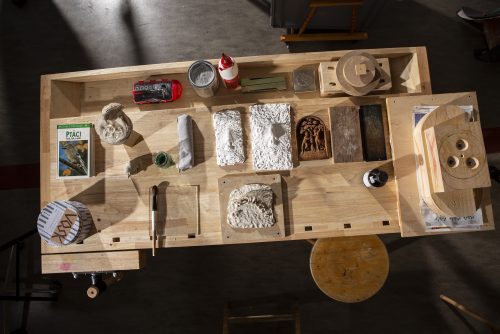
Groupshow
Blur
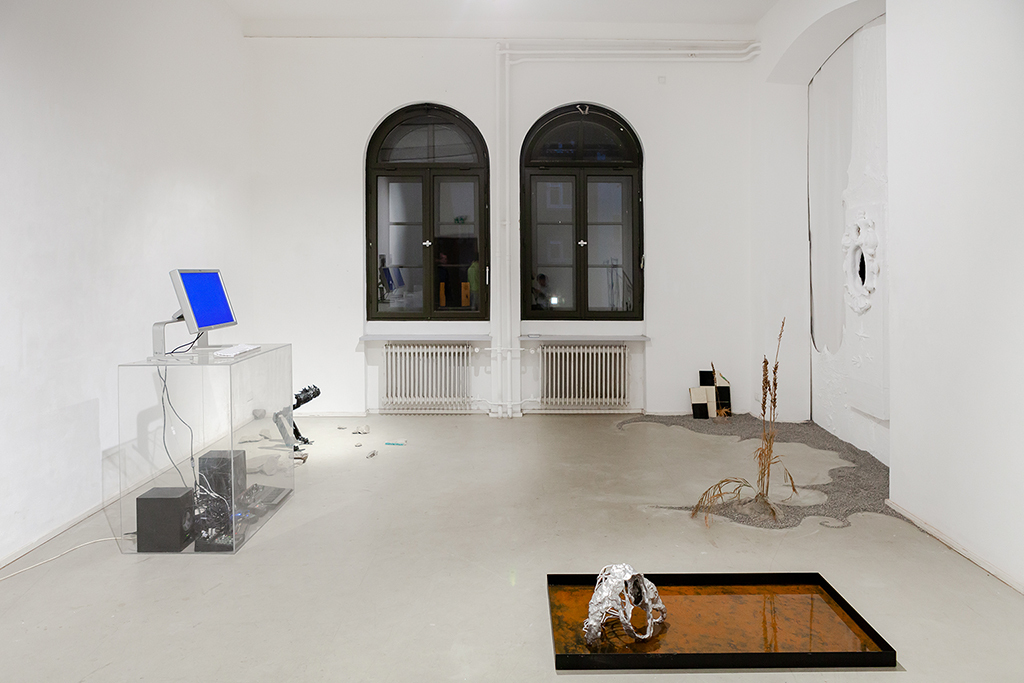
Installation view (Room A)
Advertisement

Installation view (Room A)
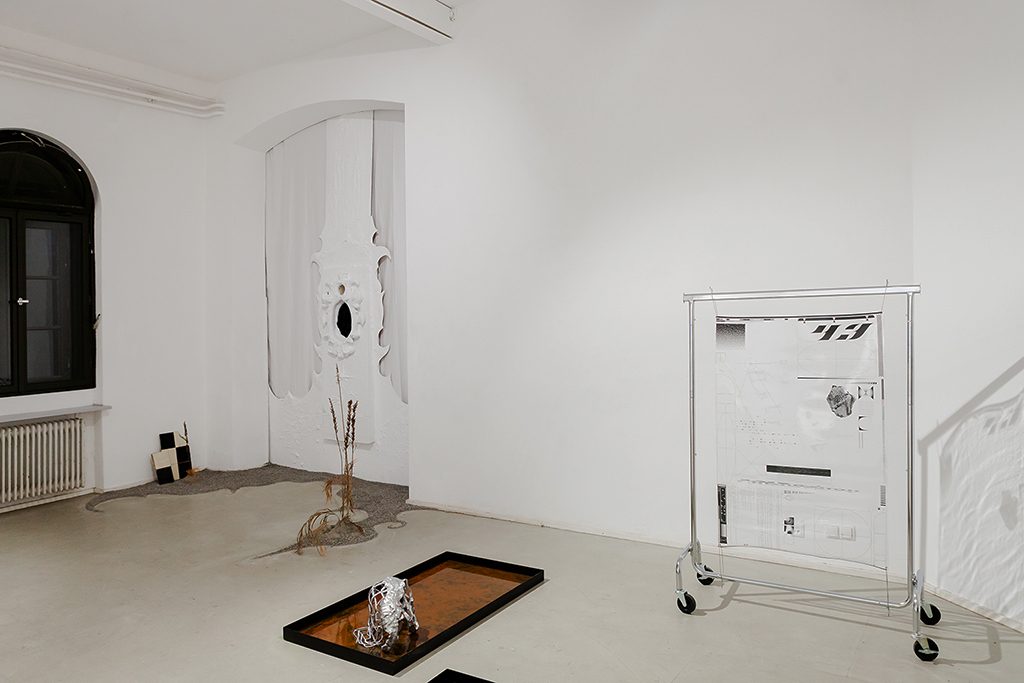
Installation view (Room A)
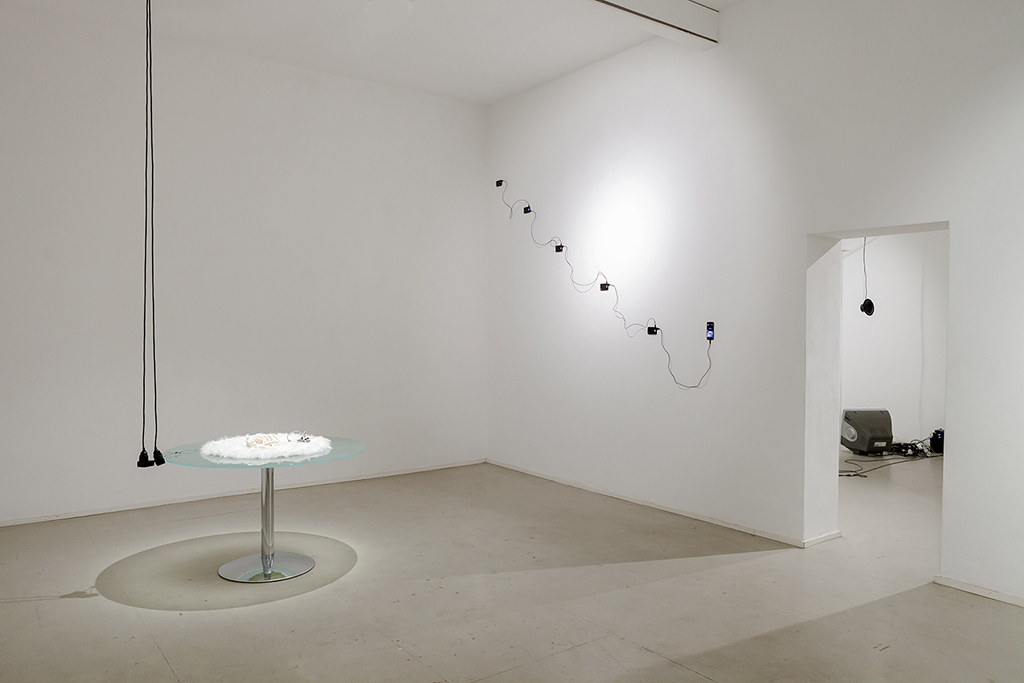
Installation view (Room B)

Installation view (Room B)

Installation view (Room B)

Installation view (Room C)
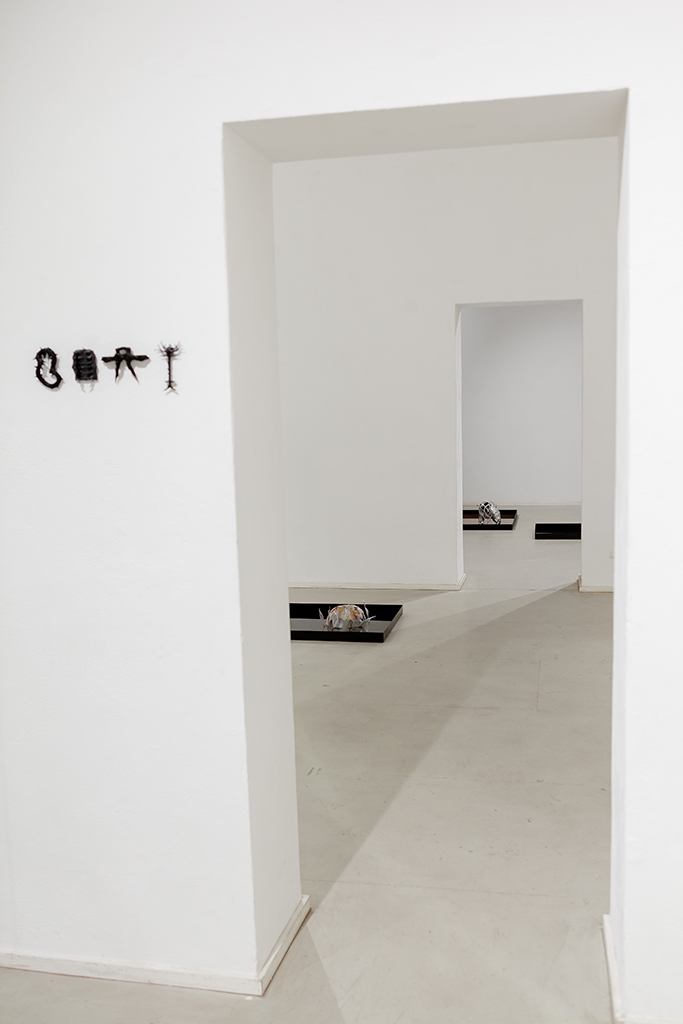
Installation view
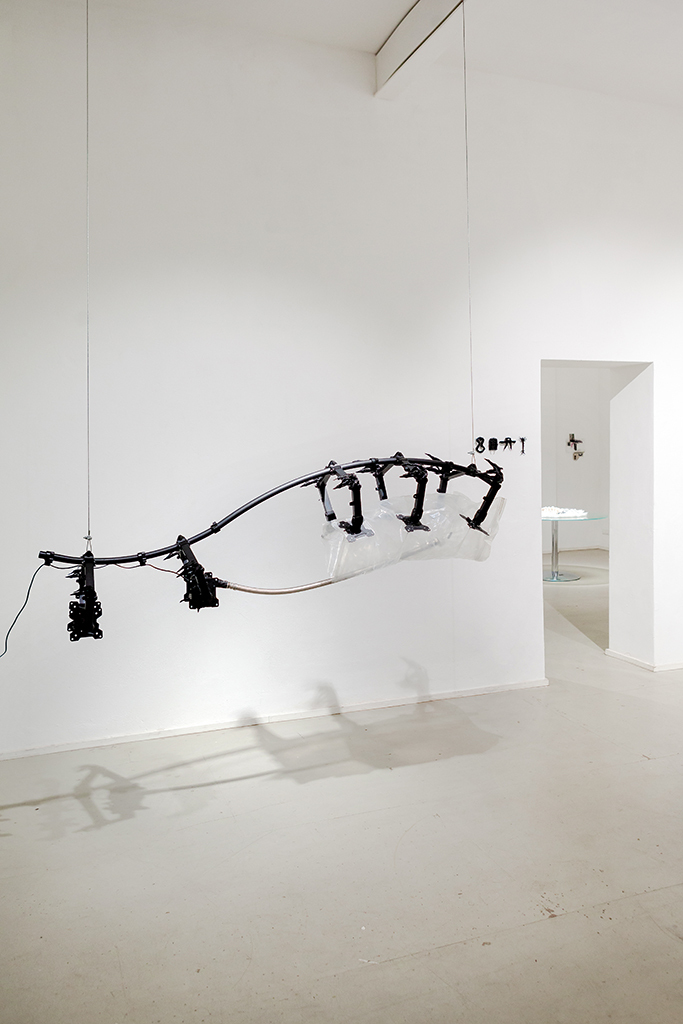
C7950ZN (by Marlon Nicolaisen & Johannes Thiel)
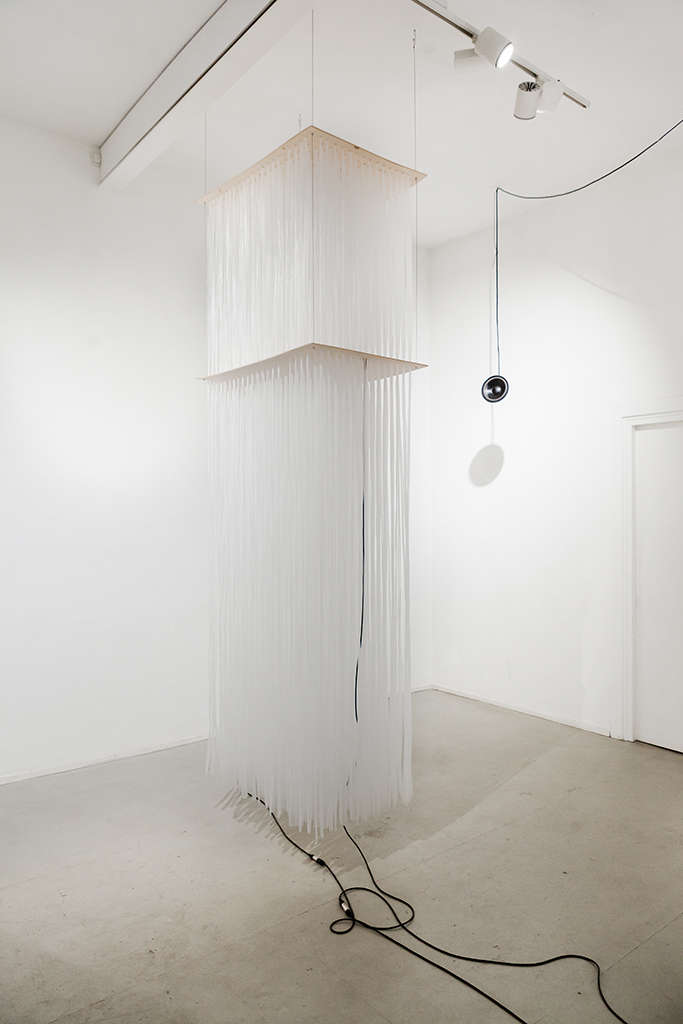
I love the feeling of your fingers in my hair, firm but gently. Pull it, pet me, feel me, make me sing. Explore my surface with your touch. I like your vibration, let's connect our senses. (by Nina Gohl)

left: Bridles (mind map) (by Luka Naujoks) right: Perspektiven (by Constantin Carstens)

by Marlon Nicolaisen, Theresa Tuffner, Luka Naujoks & Johannes Thiel
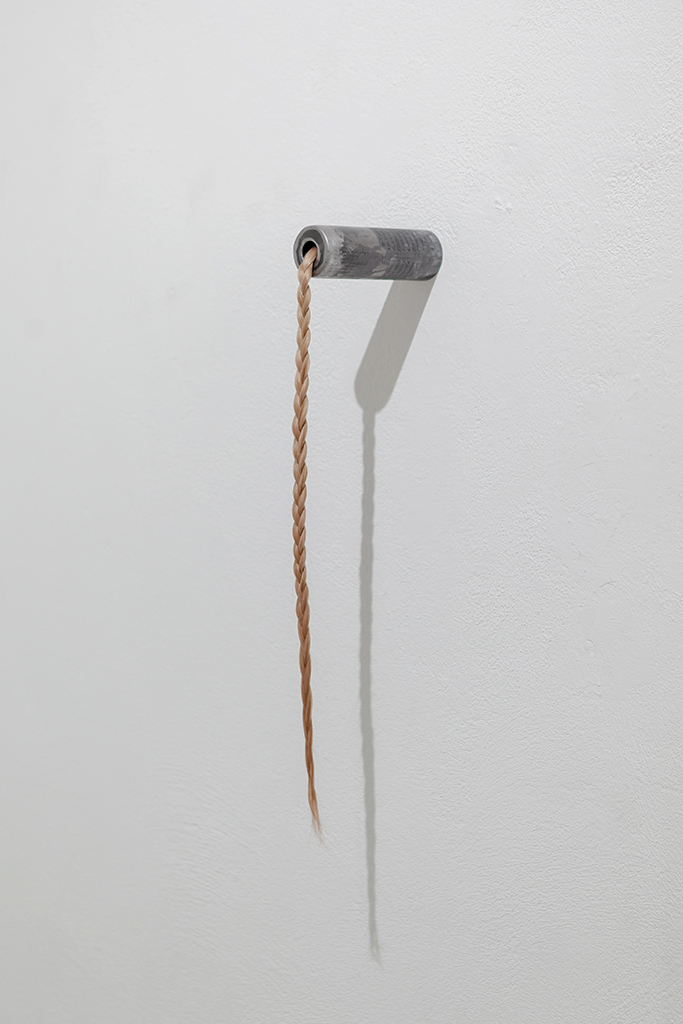
Past Braiding (by Luka Naujoks)
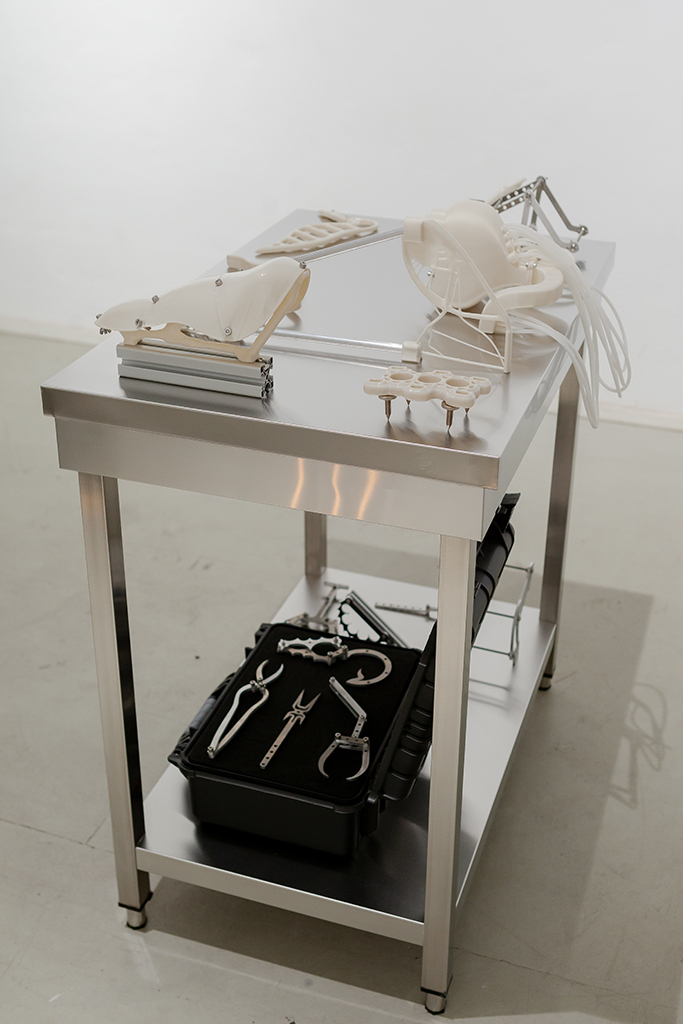
Unuseful Attachments (by Johannes Thiel)
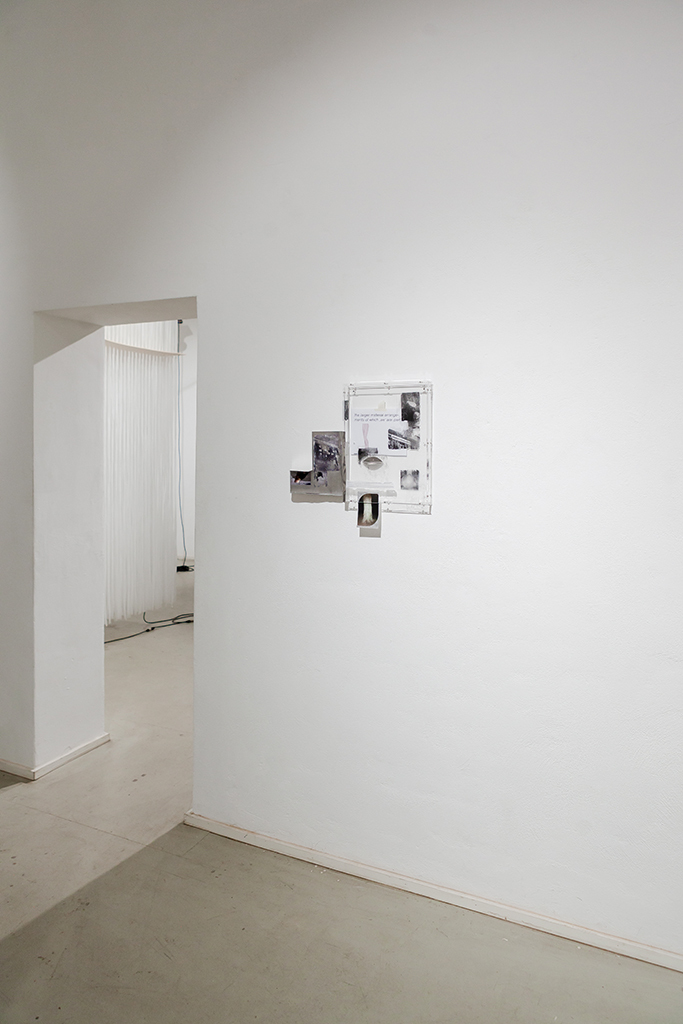
Ghosts (mind map) (by Luka Naujoks)
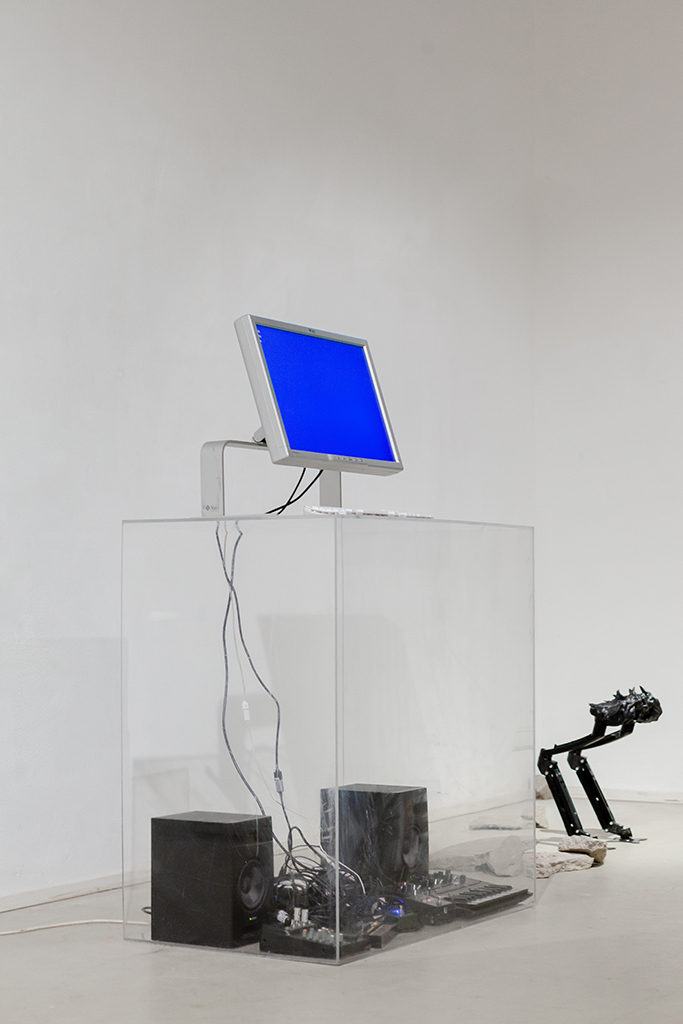
What’s your favourite dinosaur? (by Johannes Hassenstein)

left: purify my mind (by Theresa Tuffner) right: SPACERACE-43 (by Johannes Thiel)

purify my mind (by Theresa Tuffner)
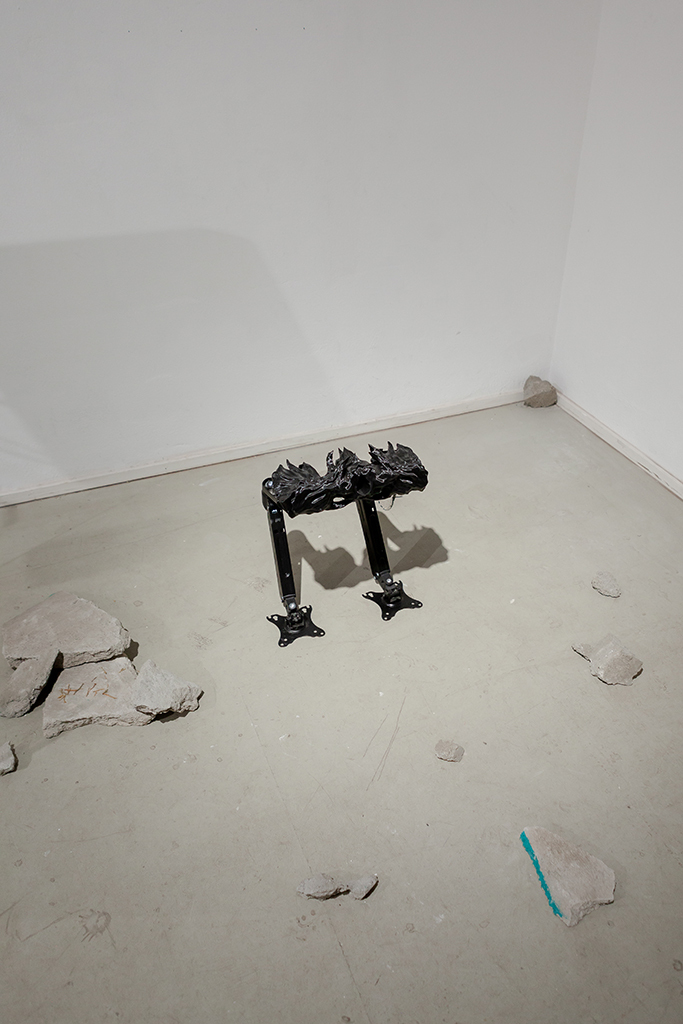
PLA Pelvis (by Marlon Nicolaisen & Johannes Thiel)

Quick Rest (by Marlon Nicolaisen)
The blur can only work by reducing the density of information. Seen from a distance, a blurred surface becomes a defined image, while a small-scale cosmos grows into an undefined mass. So should we always look at things in more detail or should we see the big picture?
A blur in the classic sense of a filter only works purely digitally, apart from optical blur, motion blur or heat flicker. Blurring images is usually used to censor violence and genitalia, to anonymise faces or to whitewash photographs. Surfaces can be blurred, but bodies in the physical world must have clearly defined boundaries. A connection between the two thus also blurs digital and analogue space. The transition from surface to body inevitably creates undefined spaces that cannot always be clearly assigned. Is it possible at all to dissolve the boundaries of a three-dimensional body? How can a blur also be understood and implemented in an abstract way, spatially as well as temporally, and what then remains as information that can be read?
Johannes Thiel


